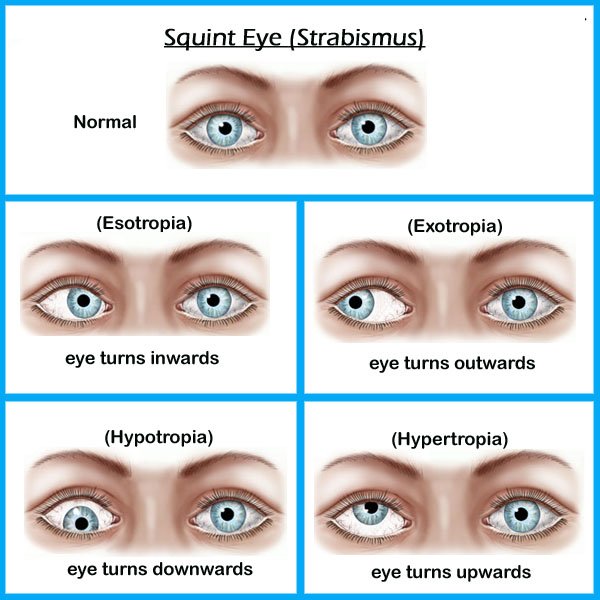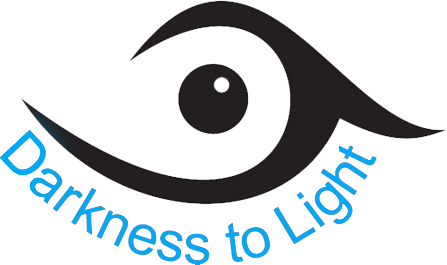
Understanding the eye muscles
Squint is a misalignment of the eye where the two eyes are pointed towards different directions. The misalignment may be constant for a few, while it may be intermittently occurring for some others. The deviation of the eye may be in any direction – inward, outward, upward or downward. If the child is not treated at the appropriate time, a condition called Amblyopia (lazy eyes ) occurs, which eventually leads to permanent loss of vision.inward, outward, upward or downward. If the child is not treated at the appropriate time, a condition called Amblyopia (lazy eyes ) occurs, which eventually leads to permanent loss of vision.
Understanding the eye muscles
There are different types of strabismus. They can be described by the cause or by the way the eye turns.
The following terms describe strabismus by the positions of the eye:
- Hypertropia is when the eye turns upwards
- Hypotropia is when the eye turns downwards
- Esotropia is when the eye turns inwards
- Exotropia is when the eye turns outwards
An early diagnosis of strabismus will enable more effective treatment. In the past, it was thought that after a “critical period”, strabismus could not be treated.
While treatment up to the age of 6 years is believed to be most effective, strabismus can be treated at any time.
The sign of a squint is fairly obvious from an early age. One of the eyes does not look straight ahead. A minor squint may be less noticeable.

Understanding the eye muscles
The movement of each eye is controlled by six muscles. Each pulls the eye in a specific direction. A squint develops when the eye muscles do not work together in a balanced way, so that the eyes do not move together correctly.
In order for both of our eyes to turn to look at the same thing, we need the eye muscles on one side to coordinate perfectly with the eye muscles on the other side. For example, to look to the left, the lateral rectus muscle of the left eye pulls the left eye outwards and the medial rectus muscle of the right eye pulls the right eye inwards towards the nose.
If this doesn’t happen, either because the eye muscles on one side don’t receive exactly matching signals from the brain, or because the eye muscles respond unequally to those signals, then the eyes will not point in a perfectly matching direction.




